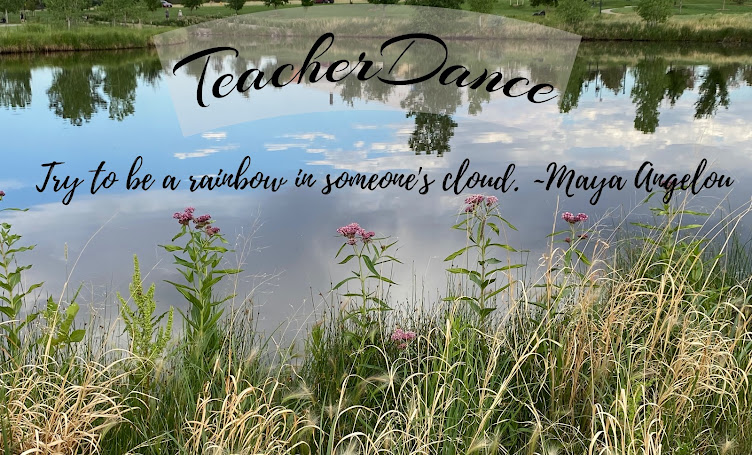--------------------------------------------------
It was a pleasure lately to teach a lesson to one of the middle grade classes and for one of the teachers I work with. A goal this year is to find ways to aid teachers in improving student independence in their writing and reading. One of the ways I’ve found productive is to begin a lesson by letting students help create some parts of the lesson, and then we practice what we have learned. This time we created a chart of behaviors to help prepare for literature circles. Students contributed ideas and then I added some. This type of lesson aids engagement with the lesson, giving the teacher and me a chance to see how much the group knows so we can plan lessons for the future. The chart listed two parts: actions when we read and actions when we discuss.
First, I asked the students to imagine themselves reading their independent reading books the previous night. What did they see themselves doing? They began with thoughts of the environment (comfy chair, quiet place, no distractions) and then I asked them to consider what the thinking is like as they read pages in their books. What kinds of self-talk happened as they read? They answered with good ideas that I would have on any list: I wonder about things, I imagine what’s going to happen, I make pictures in my mind, I look for clues to the next ‘thing’, I sometimes stop to share something exciting with my mom, I question and I figure out words from the other words. I added seeing connections to our own lives, asking a question like “what does this remind me of?” I was pleased that the list was a good one, although I realize that not everyone might have created such a comprehensive list alone. Continuing to check the students’ skills in reading will be important, and continuing to re-teach some behaviors will be needed also. Class sharing of different ways that others self-talk while they read is an influential factor in the learning for these middle grade students.
After the discussion of the first part ended, we moved onto the next question: What do they imagine when a good discussion about a book is occurring? This went rather quickly and students were ready with the appropriate behaviors: take turns, use eye contact with the person speaking, listen carefully so that you can add to what is being said, don’t just wait to be able to speak, and ask lots of questions. I contributed one action: to come prepared by having read the assigned reading. Students seemed to think that of course would happen and didn’t even need to be included.
Ruth Ayres and Stacey Shubitz of the Two Writing Teachers site often speak about being deliberate in teaching specific strategies for many things teachers think students need to know. For example, in this post, Ruth discusses the need to teach students strategies for how to write in different areas of their work. To prepare well for a new activity, it is important that parts important to the success of that activity be identified and taught before starting.
The final part of the lesson was practice of the behaviors on our list, but a bit different because I was reading aloud and students had to listen. I chose a short story titled The Picnic, by British author Penelope Lively. It begins as a rather bland family story about a picnic, but the author carefully injects certain words and phrases that can soon be interpreted as just a little out of character, and the reader/listener begins to realize that this story is not all it started out to be, not all what was predicted at first. I have used it often for writing and reading lessons, and found it in an old anthology of stories titled To Break The Silence, edited by Peter A. Barrett. You can find it used at Barnes & Noble here. There are other stories of interest in the book too.
Students listened and held up their hands when they had a thought about a behavior that would have happened had they been reading to themselves. More students shared during this part of the lesson. It sounds a bit challenging, but really the students joined right into the fun of pretending to be reading alone, and using the strategies we had discussed earlier. And at the same time, they questioned and considered parts of the story, as they would have in a small group.
All this took a bit more than an hour. We shared a good story, considered behaviors important to enjoying reading with a group, and had a good time. It was a positive beginning to book groups in this class. Follow up lessons using the text of the story with it in the students’ hands will be a next step.

Awesome, well thought out lesson involving the teaching and modeling of strategies. So many times students are asked to just do something, and the modeling of the task isn't done. An hour spent this way saves so much time and unlearning later!
ReplyDelete